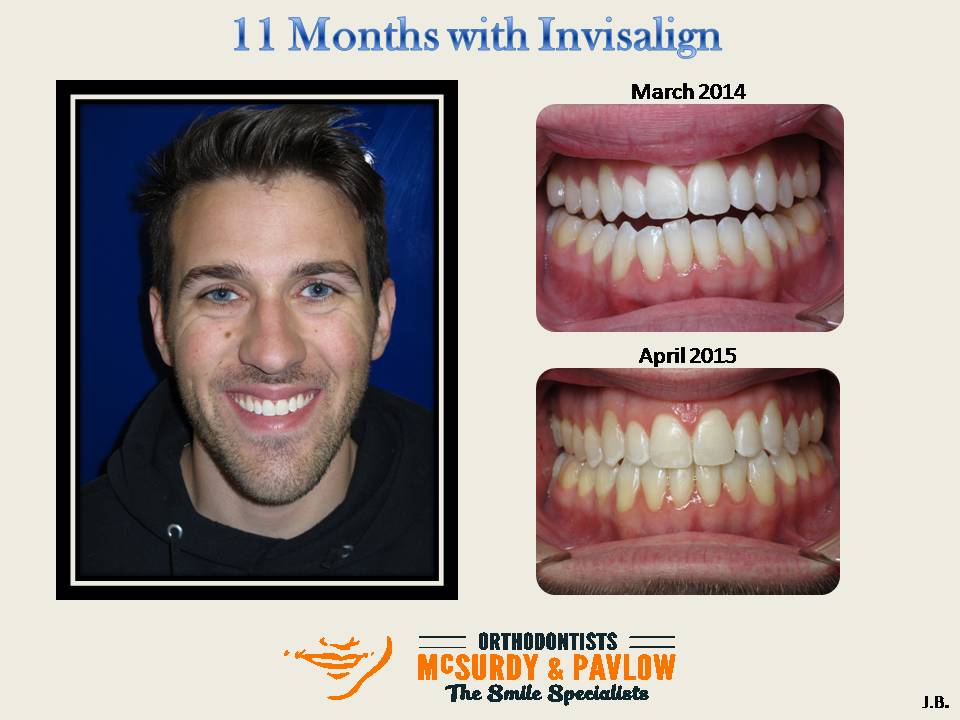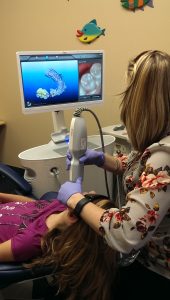Computerization has caused an enormous amount of change in our lives and in the health care industry. Treatment records are now paperless as well as diagnostic records (images that a patient needs to determine treatment). It’s hard to believe that it’s been 17 years since we went paperless in 1999! We now have digital intra-oral scanners in both offices, which help us to upgrade our treatment results from our “impression era” care. Patients enjoy not being “gagged” during their digital image capturing. Align technology has lead the charge with appliances that are 3-D printed from images captured by their digital scanners. Scan times are as short as 5 minutes, delivering appliances that are extremely precise. Our doctors deliver treatment instructions to computer technicians who dial in tooth movements that are exactly what we order. In many cases, our Invisalign treatments are superior to what we could achieve with braces. The…
invisalign doctor
All Invisalign Practices are NOT Created Equally

In today’s world, it is easy to be uniformed or even misinformed. It is easy to become Invisalign certified, and not become an expert in treatment with Invisalign. Invisalign is a treatment tool in orthodontics, just like braces, retainers and expanders. To become an expert with any of the above treatment tools, it requires excellent diagnostic skills, innovation and good problem solving abilities. Additionally, clinical experience that is voluminous helps lead to expertise. Dentists who are Invisalign certified are trained to handle simple cases that do not require bite correction. Orthodontists who dabble with Invisalign likewise are not prepared to take on difficult treatments that require significant bite correction. All Invisalign doctors need to gain expertise through experience, beginning with simple cases and gradually improving their skills. So a great question for any practice who offers Invisalign is “How many Invisalign cases have you done?” Personally, I believe that I…

